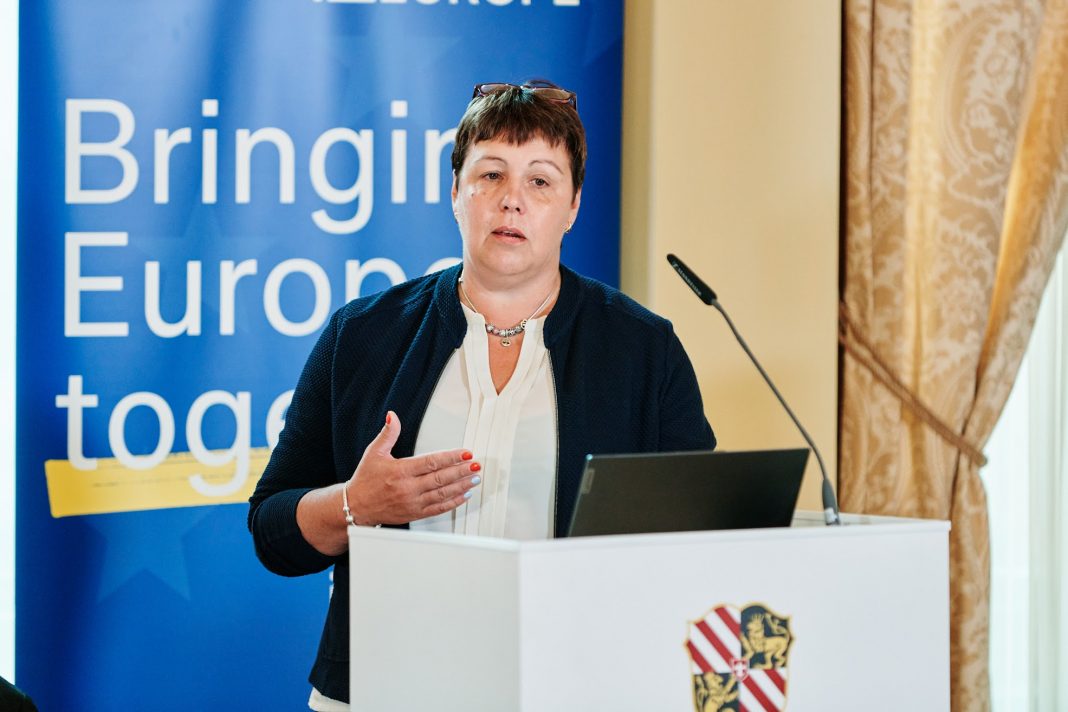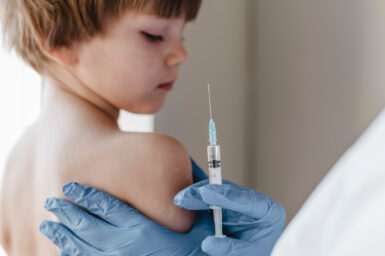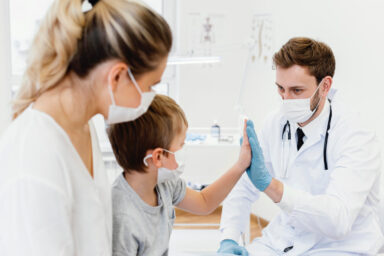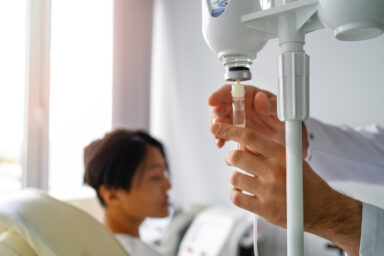Although data has proven that preventive measures are cost effective, the money designated for health promotion and health literacy in the Czech Republic has been decreasing. Yet primary prevention, which helps us prevent the development of diseases and maintains a healthy population, should be paid attention to not only by the healthcare system, but also society as a whole; and it is the government that should enforce research and evidence-based information. Seeing that investments into these fields yield returns in the long-term, the benefits cannot be politically enjoyed. Perhaps the mirror that the covid-19 pandemic held up to us could change this, says Barbora Macková, Director of the National Institute of Health, at the international panel of the Permanent Conference on Czech Healthcare.
“It has been proven that 80 per cent of diseases are preventable. Thus, if almost 500 billion crowns are spent on healthcare, then almost 400 billion are preventable. If one speaks of the effectiveness of preventive measures, then approximately 10 per cent of this, i.e., 40 billion, could be influenced through primary prevention. In addition, diseases bring about costs, not only for diagnostics and treatments, but also losses that primarily originate because a sick person cannot go to work, they have no income, and they have sick leave benefits. Therefore, the government has to invest not only into one’s healthcare, but also into their social care,” Barbora Macková stated.
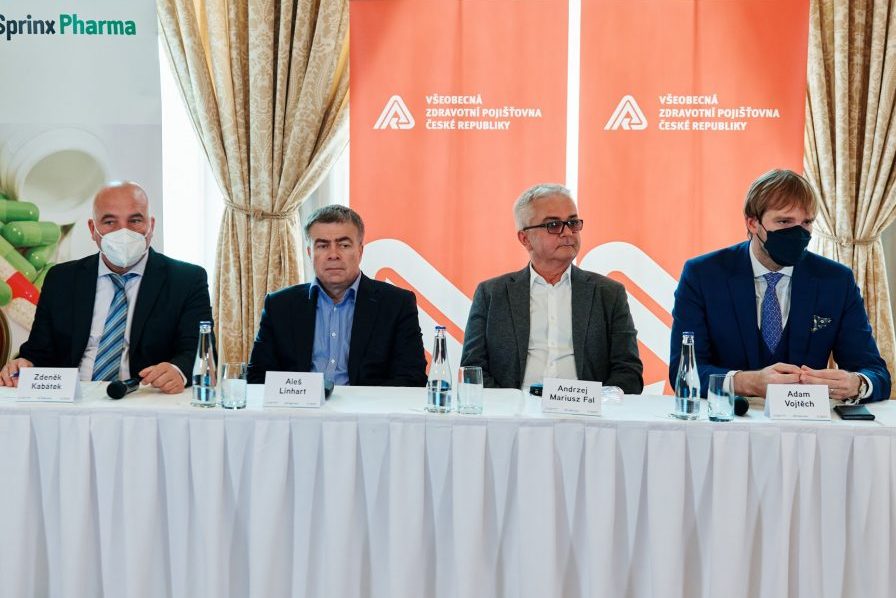
If we pay attention to preventive measures for each disease, the cost effectiveness is 6:1, and up to 13:1 with obesity. Sadly, though, finances for health promotion and health literacy have dramatically decreased in recent years. Just in the last two years alone, they have fallen by 36 per cent.
“We wait a long time for returns on the investments into prevention. The economic benefit is not seen from day to day, and from a political perspective, there is too long an interval for any sort of utilisation. Therefore, prevention is a very undermined component of healthcare policies,” Macková explained.
We need to monitor the health of the population
Just as a reminder, primary prevention targets the causes of diseases and tries to prevent them. Their objective is to ensure a healthy population and the extension of one’s lifespan in health. A typical example of primary prevention is vaccination, and, of course, a healthy lifestyle. On the contrary, secondary prevention aims to detect diseases early and treat them so that they develop no further. Thus, the target group are people who have yet to discover that they are ill. Tertiary prevention aims to prevent a disease from returning. Thus, it focuses on patients who know their diagnosis and have successfully treated it in the past. A typical example are oncological diseases.

Therefore, whereas secondary and tertiary prevention is primarily a matter for the healthcare department, primary prevention has to be implemented in a wider context.
“It is not just about the medical perspective or the options of general practitioners and other doctors. The government and its institutions also pay a significant role in primary prevention, both in terms of research and in presenting evidence-based information that proves why it is important to prevent illness and why we need to monitor the population’s state of health,” Barbora Macková described.
Health is not formed by hospitals
Health promotion is fundamental, especially in terms of informing citizens. As we, ourselves, play the largest role in our own healthcare, it is important that the populace has information on how and why to care for their own health.

“Health is not formed in hospitals; it does not work that way that when I am ill, I go to my doctor who unscrews me and then puts me back together, and everything is alright again. Whether we are healthy or not originates in the family and in the environment that we find ourselves in the most, from schools to workplaces. It is important to coordinate the skills that everyone has with public support. This should create suitable socio-economic conditions, including the environment,” Macková emphasised.
An important part of primary prevention is also public health protection. As a part of these efforts, it should be possible to interpret the monitoring of population’s health as well as harmful factors and phenomena in the environment, for example, workplace or outdoors.
Mohlo by vás zaujímať
“Perhaps the mirror that Covid-19 held up to us was the catalyst for changes not only in the way each of us perceives our own health, but also on the side of the politicians, so that now more attention will be paid to prevention. Primary prevention is not the matter of just one department, but of the society as a whole. We are dealing with not only health aspects, but with social aspects as well. For the planning and the political perspective, it is important to also emphasise economic benefits that these preventive activities bring about,” Macková concluded.


Michaela Koubová
